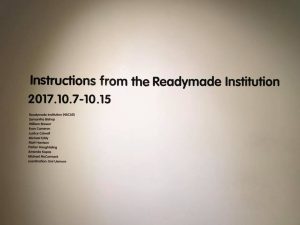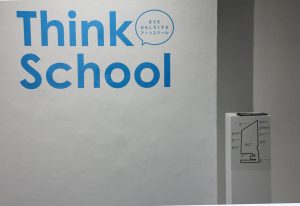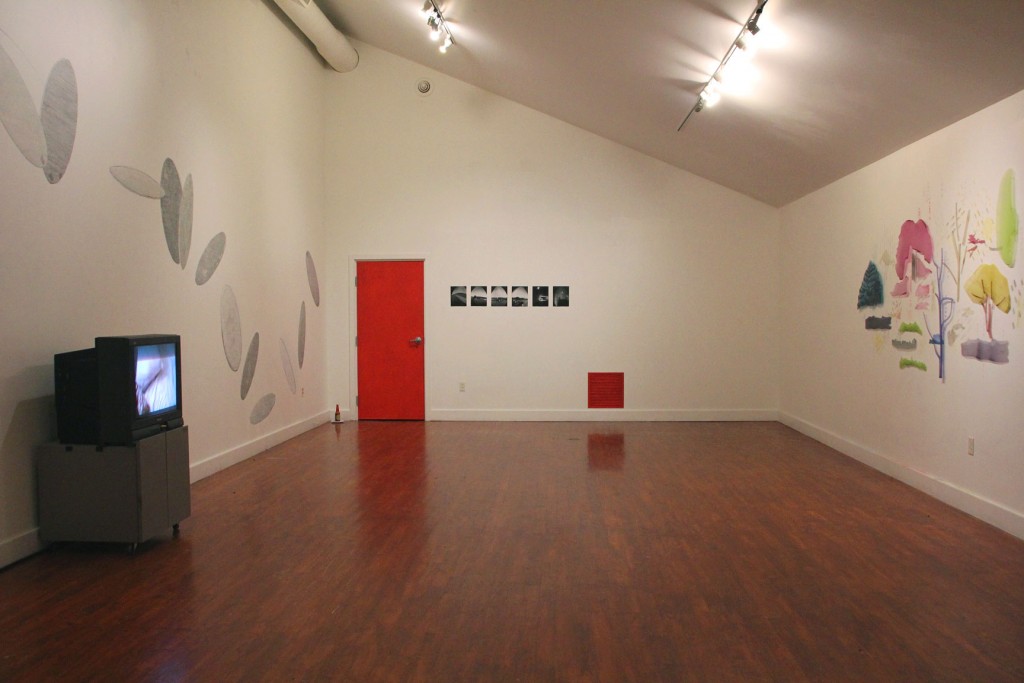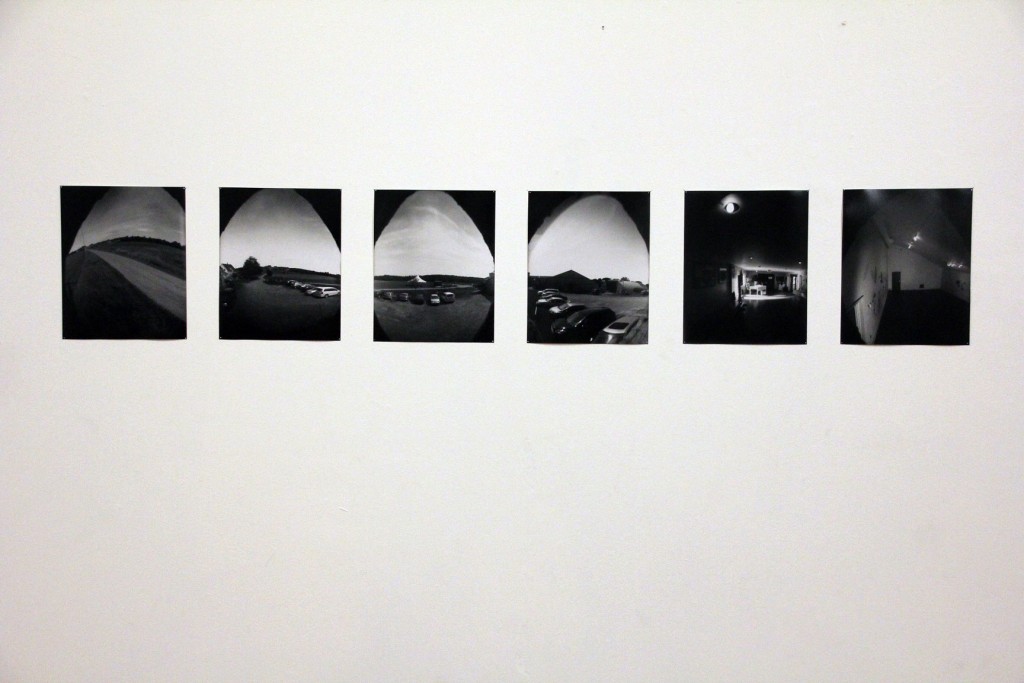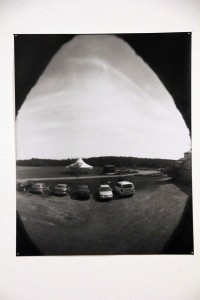In the summer of 2017, the Readymade Institution course, led by Michael McCormack and Michael Eddy, organized an exchange project between Think School, an independent art course in Sapporo, Japan, and the Readymade Institution, NSCAD University. Each class installed the work of the other. Exhibition views from the Readymade Institution show in Public Art Research Center in Sapporo, Japan ↓
I showed a Japanese-translated version of Protest Debate.
Exhibition views from Think School show in Anna Leonowens Gallery 3 ↓
Think School exhibition announcement:
The Readymade Institution class presents Think School
Anna Leonowens Gallery 3
NSCAD University Fountain campus
August 14, 2017—August 19, 2017

Think School is a small, independently run art course organized by artists in the city of Sapporo, in Northern Japan. Their motto (in the speech bubble of their logo) is “Art school to make the city interesting.” Their classes meet once a week and feature lectures and workshops on various themes around art and culture.
For this exchange show, Think School students and teachers were given an open mandate, whose only constraints were those of transportation and translation. Students in the Readymade Institution Class at NSCAD U act as the curators of the received work, and collectively work out the arrangement and mediation of the show.
In exchange, the Readymade Institution Class is sending its work to Sapporo for an exhibition in October 2017, around the motif of instructions.
This process of caring for and interpretation of work sent from a remote context illuminates central aspects of portable and alternative galleries. Throughout our course we have discussed themes of DIY culture, institutional critique, community, variable scales, marginality, intimacy, movement and public space.
Gallery 4
Fallow Gallery
Granville Mall
NSCAD University Fountain campus
Opening August 14


Among the group exercises undertaken in this course is the occupation of the Fallow Gallery, located in the Granville Mall (inside entrance between NSCAD Fashion dept. and the Art Bar). This vending machine-cum-art gallery initiated by then-students of NSCAD U Jacob Perry and Jolee Smith offered a venue to sell art pieces after the closure of the Seeds Gallery in 2013. It had been lying dormant for several months until Jacob and Jolee offered the use of the gallery to the Readymade Institution class. This exhibition , launching the same day as the Gallery 3 show in the Anna Leonowens Gallery, is called “Gallery 4”. All the works in the machine are offered for the minimum denomination the machine will accept, a nickel. (It should also be mentioned that the Fallow Gallery is open to new management by interested NSCAD students.)
published November 28, 2017

